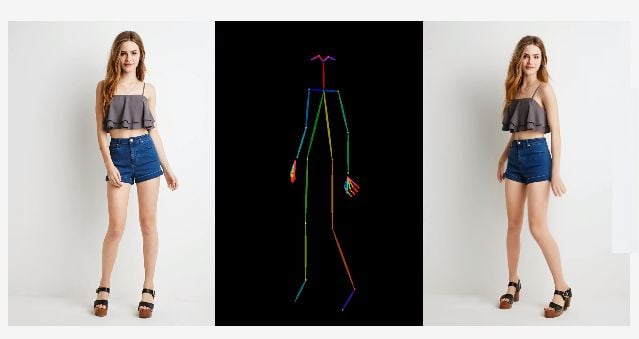SOCIAL
The Age of Virtual Influencers is Coming, Which Will Bring a Range of New Considerations for Brands

While the current spate of generative AI tools are interesting, and are already changing discovery behaviors and interactive processes, they’re really only scratching the surface of what’s possible, and are far from actual “intelligence” as the AI name suggests.
Indeed, most of these initial models are data matching tools, able to predict elements of text and images based on the most likely sequencing, by applying probability to huge datasets. And they’re becoming increasingly at doing just that, but they’re not “thinking” as such, these systems are not developing new concepts all on their own, and there’s no intent or reasoning behind those matches, other than mathematical likelihoods.
That’s the next level of AI, which many experts have expressed concern about, in that such systems will one day have the capacity to think independently, and potentially exceed our own mental capacity as a result. Though creating a digital “brain” as it were is still a long way from being a reality.
But even so, through probability alone, we’re also just touching on the expanded possibilities of generative systems, with the latest advances now pointing to a whole new phase of digital creation, which could cut many humans out of the process.
Last week, a Spanish ad agency made headlines after it revealed that it had created an AI character, which is now earning $US10,000 per month from brand contracts.
Aitana requires no payment, has no qualms about what she promotes, and is available 24/7. And she looks real, and no doubt many of her 200,000 Instagram followers were not aware that she doesn’t, in fact, exist.
You can see the appeal of virtual influencers in this respect, and Aitana is not the first to build a huge following, and certainly won’t be the last.
Even before the arrival of Dall-E and Midjourney, virtual models were already gaining traction, including characters like lilmiquela (2.7m IG followers), noonoouri (424k followers), and Shudu (241k).
More advanced creation tools are now making these virtual identities even more life-like, while the next phase of digital animation could take them to another level of realism, in replicating human trends.
This video, shared as part of Alibaba’s “Animate Anyone” project highlights how advanced image recognition and video sequencing can now replicate actual human movement, to an increasingly realistic degree.
It’s still not perfect, but again, we’re really only at the start of this process, and you can see how, as these systems continue to evolve, virtual influencers, in both still and video form, are set to become much bigger elements of online interaction.
Deepfake characters, where celebrity faces are superimposed over real actors, are another aspect, and another vector for security concerns, but fully virtual creations, animated from still images, would be cheaper to use, faster to customize, and easier for any brand to create, based on templated actions, animations, and movements.
And they are coming. Every platform is already rolling out AI labelling requirements to get ahead of this, but realistically, it’s going to become increasingly difficult to know whether you’re looking at a real person, or an AI creation, with the blurred details and distortions rapidly being ironed out by newer processes and systems.
Sure, right now, it’s easy to spot those AI-generated promotional photos showing up within your Facebook feed ads. But refinements are steadily bringing these tools closer to reality, and ironically, taking consumers further from it at the same time.
So what does that mean for your marketing efforts?
Well, if you’re camera shy, and have reservations about making video content, soon, you might not have to, with viable alternative options to create digitally animated content. You’ll have to disclose such, but realistically, it’s the concept that will resonate with viewers, not the composition, and if you can avoid the tell-tale markers of current generative AI imaginings, it could be an avenue for your future development.
Though it could also be bad news for human influencers, who are just now having their moment in the sun, as more brands come to realize their worth in reaching certain audiences.
The “Creator Economy” in this context could be set for a rapid recession, as even short-form videos become increasingly AI-simulated, sparking all new trends in promotions, with brands happily welcoming the cost savings.
I do think that human creativity will remain an essential, and that no matter how realistic your AI creations are, you’ll still need human-centered emotion at the core of any promotion.
And until machines can actually think like us, that will remain the key differentiator, though the actual process of expressing your message looks set to change significantly.
This will be a key trend to keep tabs on in the new year.















